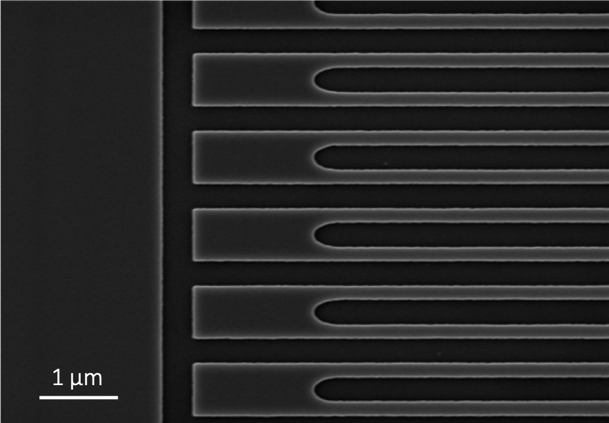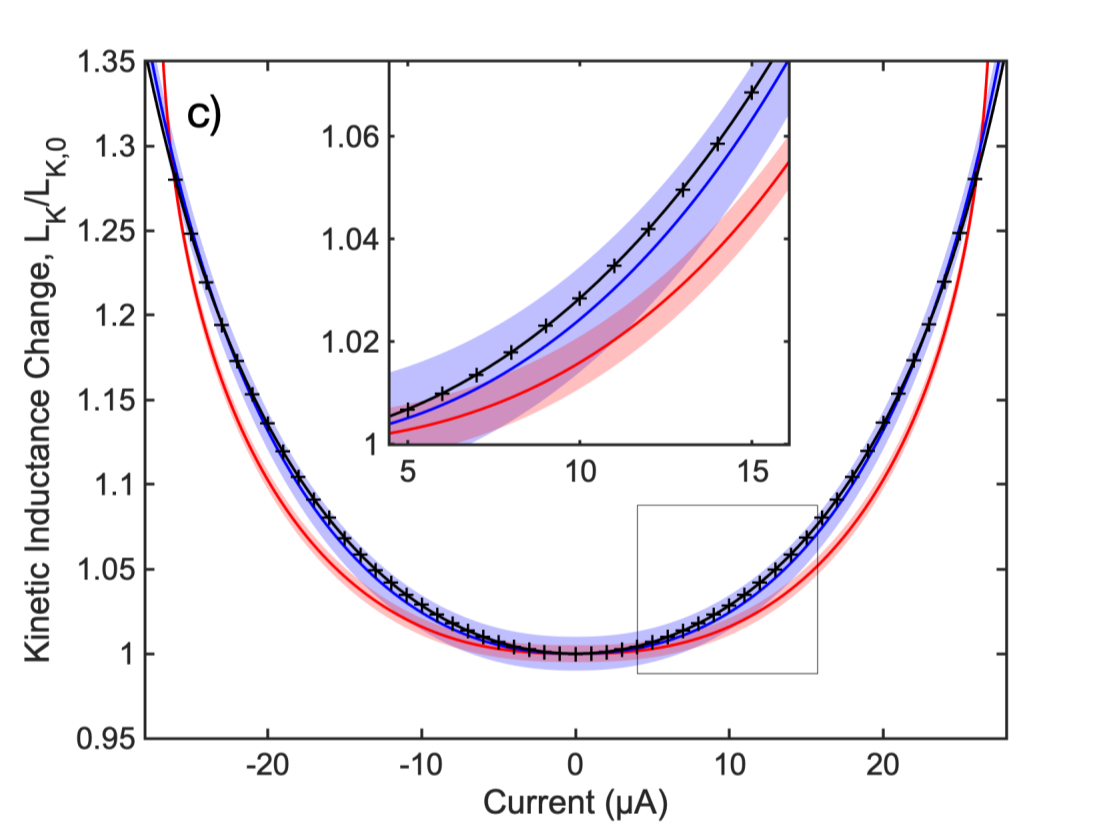Superconducting Nanowire Single-Photon Detector (SNSPD, [1]) is a rapidly growing cryogenic technology for quantum applications. SNSPDs are nanowires operating at temperatures well below the critical temperature of the superconducting material, i.e. typically at 2.5 K or lower, used for single-photon detection. Despite the complications related to the temperature constraints, which implies the use of a cryogenic system like cryogenic probe stations, cryogenic sorption fridges based on 4He, 3He or dilution cryo-pumps to achieve the temperature requirements, their unmatched performance capabilities with respect to their room temperature counterparts make SNSPD one of the most promising technology for all kinds of quantum applications (quantum computing, quantum key distribution, optical communication for space applications, etc…). To date, SNSPD single pixels have demonstrated quasi-unity (98%) system detection efficiency, wide wavelength sensitivity that ranges from X-rays to Mid-IR (10.6 μm), extremely low dark count rate (as low as 4 counts per day) and ultra-high timing resolution (< 3ps FWHM [2]).
Material optimization is one of the key features for good SNSPDs. We developed a full process for SNSPDs at CMi using materials systems NbTiN and NbN: however, investigation of new materials is always under consideration. In order to have a figure of merit of the SNSPDs which is independent on the chosen material system, it has been designed an experiment [3] that uses superconducting resonators to estimate the switching (experimental critical) to depairing (theoretical critical) current fraction, which in a sense explains how much of the superconductivity is being exploited.
 |
 |
Relevant Publications
[1] G. N. Gol’tsman et al, Appl. Phys. Lett. 79, 705 (2001)
[2] B. A. Korzh et al, arXiv:1804.06839 (2018)
[3] S. Frasca et al, Phys. Rev. B 100, 054520 (2019)